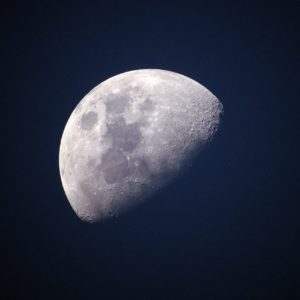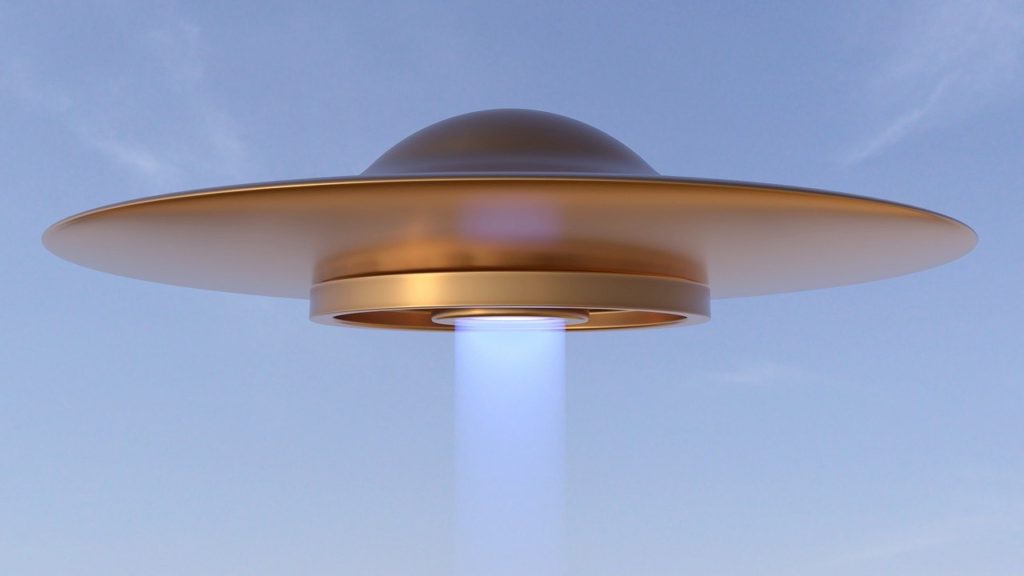Since the Dawn of Man, humans have looked up into the heavens with a great sense of wonder and curiosity. While modern technology and space exploration has helped us better understand our place in the Universe, the great final frontier is largely still a mystery with many unanswered questions to explore. For many of us, the mystery and wonder draw our attention upward, and we turn to astronomy as a hobby that amazes and inspires.
If you find yourself drawn toward stargazing and pondering some of life’s biggest questions, astronomy may be a great hobby for you. It’s easy to get started too! You don’t have to be a rocket scientist to explore everything the cosmos has to offer.
All you really need is a telescope and some star charts. Sure, basic stargazing can be done with a good pair of binoculars or even the naked eye, you’ll want a good telescope at some point if you’re really serious about taking up astronomy as a hobby. The emphasis is on good, as a cheap bargain telescope will leave you disappointed.
Now if you’re not 100% sold on astronomy as your newest endeavor, you don’t have to worry about dropping down a lot of cash to try it out. Start with simple stargazing using your own eyes and familiarize yourself with the basic constellations and celestial objects that can be easily seen from Earth without any fancy devices.
Once you’re ready to get a telescope, don’t worry. A good telescope doesn’t have to break the bank, and it will make things much more exciting, unlocking all sorts of new ways for you to explore the heavens.
Types of Telescopes
Refractory telescopes are long and narrow and work by bending light through two curved lenses. Just like camera lenses, the higher the quality of the lenses the more expensive the telescope will be.
Reflector telescopes use two mirrors to capture, reflect and focus light. Reflector telescopes typically have very large apertures that provide excellent resolution. While they tend to be a bit clunky, these scopes tend to offer the biggest bang for your buck.
Catadioptric telescopes are a hybrid design of refractory and reflector telescopes. Also referred to as a compound telescope, these use a curved lens like the refractory telescope and a mirror like a reflector telescope. While they tend to be more versatile and lighter weight than straight reflecting telescopes, catadioptric telescopes are more expensive because they have more lenses.
Telescope Parts and Functions
If you’re going to own a telescope, it’s important to know the basics of using it. Most will likely come with instruction manuals for that specific mode, but there are some common functions and components you should know about.
Aperture: The end of the telescope where the light enters is called the aperture, and the bigger diameter the aperture is the greater the resolution, or clarity, the image will have. The smallest practical aperture diameter should be eight inches, but you should get a telescope with the largest aperture you can afford.
Eyepiece: This is the part you look through and will be of a certain magnification power. Most high quality telescopes have interchangeable eyepieces. This allows you to change the magnification power of the telescope to better see certain objects. The magnification power determines how much “zoom” you get. For example, a magnification designated as 50x means it will bring the object 50 times closer. Variable power eyepieces will have a designation like 20-100x meaning the individual eyepiece can have its magnification adjusted from 20x to 100x without needing to swap in a different eyepiece.
Focal length: This determines both how far you can see into the skies and how much you can see in the viewfinder. The longer the focal length the further you will be able to see, but the field of view will be narrower than with a shorter focal length lens that has a wider field of view.
Magnification: Inexpensive, or cheap, telescopes may advertise a high magnification power, but just making the object bigger won’t help you see better if the telescope has poor resolution. So don’t put all your telescopic eggs in the magnification basket. You’ll want to consider other factors too.
Barlow Lens: This is an attachment placed in between the telescope and the eyepiece and will double the effective magnification of the telescope. For example, a 50x telescope will have its power increased to 100x. For the benefit it provides, a Barlow lens is fairly inexpensive.
CCD Imager: This allows for imaging small portions of the sky to better search for asteroids and comets. However, these work best with a large telescope aperture when used with a wide-field viewer.
Learning the Night Sky
Once you have a telescope capable of viewing the various treasures in the sky you should have a basic understanding of what all there is to see: planets, moon, stars and constellations. While you can simply scan around and just enjoy the pure visual of it all, the experience will be much more enjoyable if you have an idea of what you are looking at and an understanding of basic astronomy.
Star Charts
Star charts are a good place to start learning about the extraterrestrial world. They are also referred to as Star Maps (not to be confused with maps of where celebrities live). As you might expect, these provide a map of astronomical objects viewable in the sky. They’re typically segmented into grids to make it easier to find objects. Some star charts have moving parts allowing you to update it to match a particular time of day for your location.
There are several free online resources for learning the constellations, planets and their positions in the sky. You can find some great resources freestarcharts.com, kyandtelescope.org and skymaponline.net, but there are tons of stuff available online to help you understand the night sky.

The Moon
Although it’s called stargazing, many of the objects you’ll be looking at aren’t actually stars at all. For example, moons! You’re probably already familiar with Earth’s moon (appropriately named The Moon) which you can certainly see easily enough with your own eyes most nights. However, with a telescope, you can get a much closer look. Checking out Earth’s Moon more intimately is a great place for a budding astronomer to start, but other planets have moons as well which you can track down with a keen telescope. Of its 79 known moons, four of Jupiter’s moons can be seen clearly with a telescope from Earth.
Stars and Planets
Each planet in our Solar System can be seen from Earth with a telescope. Neptune and Uranus, the furthest planets in our Solar System, are the most difficult to see. While Pluto isn’t a planet (RIP, Pluto!) it can be seen, albeit just barely, with a telescope from Earth. But you’ll probably be disappointed. It’s so small and so far away that it won’t look like much!

Venus, Mars and Jupiter are perhaps the best planets for telescope viewing, though Saturn with its famous rings is a big draw for astronomers too. Regardless of the planet you’re hoping to spy, the best time to see them is when their orbit brings them closest to the Earth. You may hear this moment being referred to as the planet being “in opposition”.
Polaris, also called the North Star, has the same visibility all year and is always the brightest star in the sky. This is because it sits directly over the north pole and the earth rotation does not affect were it appears in the sky. Certain stars may be notable for their position in particular constellations, but these positions rotate through the sky as time passes. Because you can’t see stars during the day, the rotating positions will mean new stars will come into view as the old stars become obscured by daytime. So you can look up and see different stars every few months, but don’t worry if you missed them, they’ll come back around again next year.
Asteroids, Comets and Meteors
Asteroids and comets are large rock bodies that have broken off from larger structures and are considered minor planets. Larger asteroids are sometimes referred to as planetoids and comets are asteroids that are covered in ice. All of these circle the sun in their own orbit and are visible with a telescope when the earth’s orbit nears theirs.
Meteors are smaller pieces that break off of asteroids and comets and burn up on entering the earths atmosphere. They’re known colloquially as falling stars.
UFOs
Many people have claimed to have spotted Unidentified Flying Objects over the years. While there has never been any definitive proof of extraterrestrial lifeforms visiting Earth, there’s no reason you shouldn’t keep an eye out for them. If they are really out there and one just happens to whiz across your field of view, you might want to keep it to yourself though. Otherwise people might start to think your just another kook with a telescope.

While pop culture has us primed to think UFO means alien spacecraft, the actual definition just refers to anything moving around in the sky which you aren’t able to identify. There’s a lot going on up there, so it’s pretty common to see a plane, drone or weather balloon and mistake it for something more interesting. So while you probably won’t discover alien visitors, you could catch a glimpse of some new secretive military tech if you’re lucky.
Stuff to Get Started
As mentioned, you’ll definitely want to pick up a good telescope. You might want to jump in with all the bells and whistles, but even a simple telescope under $100 can get the job done. Some telescopes include phone attachments or you can buy them separately which make it easy for you to take pictures and record on your smartphone through the telescope.
While the telescope is the main thing you’ll need, there are a lot of other great products that can help you on your astronomy journey. Star charts come in all shapes and sizes to fit your particular tastes, and you might want to pick up an astronomy journal to document your findings.

